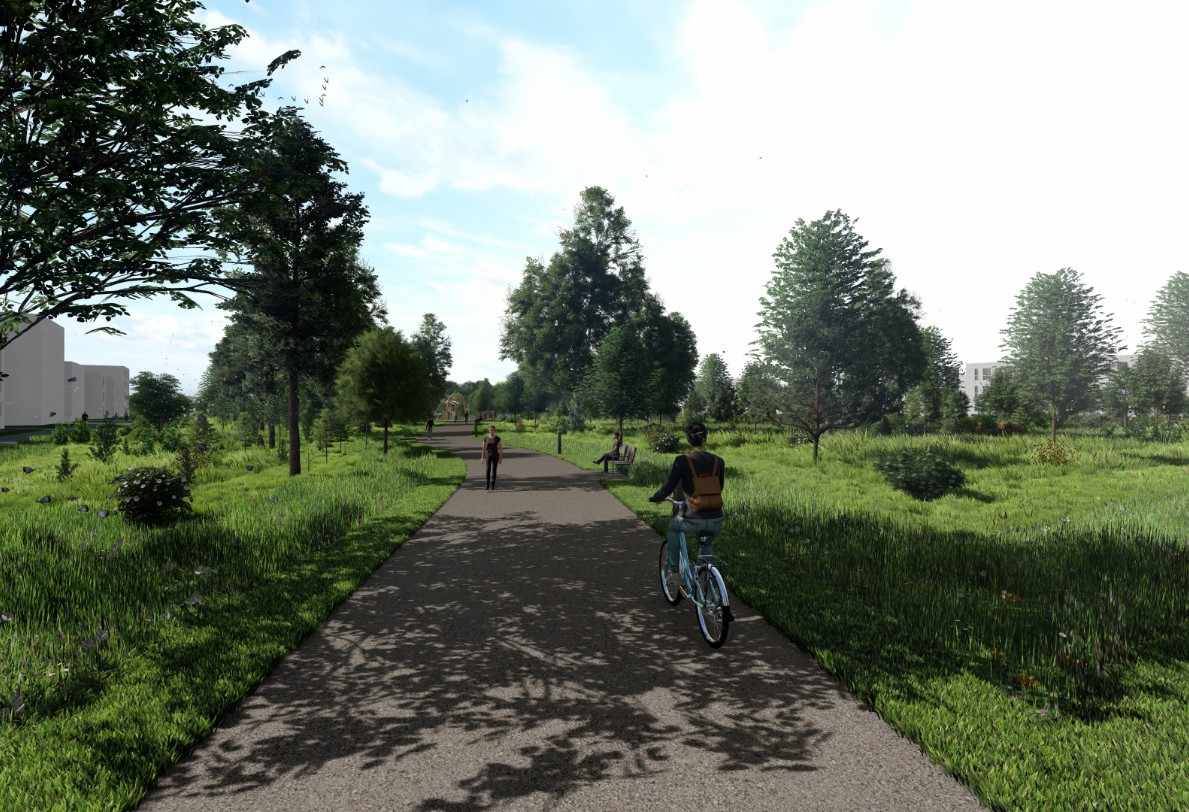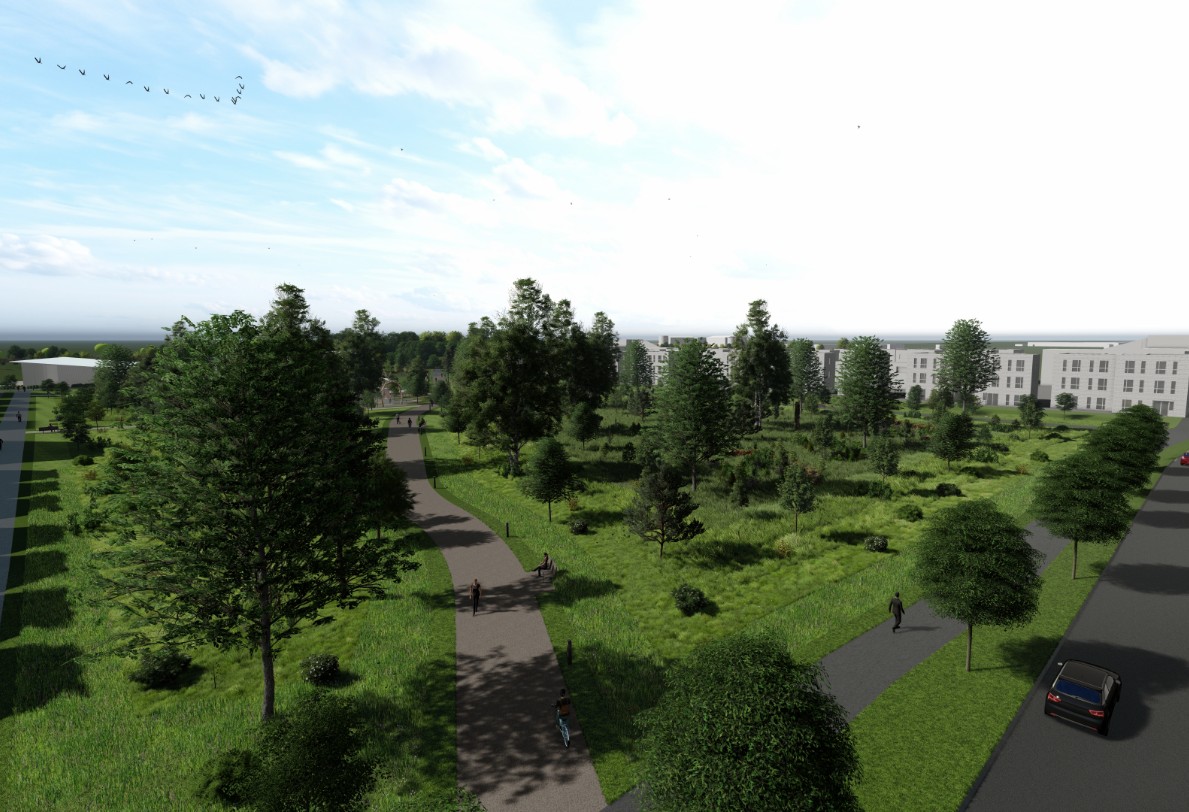The Woodland
Woodland management work will be carried out at the Wild Woods Play Areas over the next few months. The small area of existing plantation woodland was originally planted densely by the military, and the trees fought for light and resources.
Due to the extreme weather conditions last summer, some of the trees have been found to be failing, and the sycamores are infected with Sooty Bark disease, which was triggered by the hot weather. The diseased trees, along with the risk of unhealthy trees falling means that they will have to be removed.
We have sought advice from experts as part of this maintenance, and have worked closely with the Forestry Commission to ensure the work is being completed in the best way.
The new trees that will be planted will take the shape of a more natural and diverse woodland with a canopy of varying height and a richer habitat for nature. Work will begin to remove the trees next week, followed immediately by work to prepare the land for new trees to be planted. Large, mature trees (40 years old) will be planted in the autumn, along with whips and shrubbery to produce a more varied habitat for nature. While these works are carried out safety fencing will remain outside the Wild Woods Play Area to allow the trees to settle into their new habitat and to give them the opportunity to flourish.
We aim to have the play area open in Spring 2024, and will review the site regularly to ensure that no area remains closed for longer than is absolutely necessary. We look forward to opening this revamped and thriving space for nature and play as soon as possible.
What the woodland will look like in summer 2024


Woodland FAQs
Work began immediately to prepare the ground for planting. The first large trees will be planted week commencing 16th October 2023 and continuing throughout the autumn.
The trees will be a mix of large, mature trees, whips and shrubbery. The aim is to create a canopy of varying height which creates a more natural woodland, allowing all the trees to thrive and to create a habitat for nature. There will be 340 new trees, 417 woodland shrubs and 63 woodland climbing plants. Of the new trees 69 will be mature trees, 218 semi-mature and 56 whips.
Species include:
- Beech
- Field Maple
- Cherry – including Wild and Bird Cherry
- Linden
- Rowan
- Black Alder
- Silver Birch
- European Hornbeam
- Pussy Willow
- Checker
- Whitebeam
- Crab Apple
- Elm
- Scots Pine